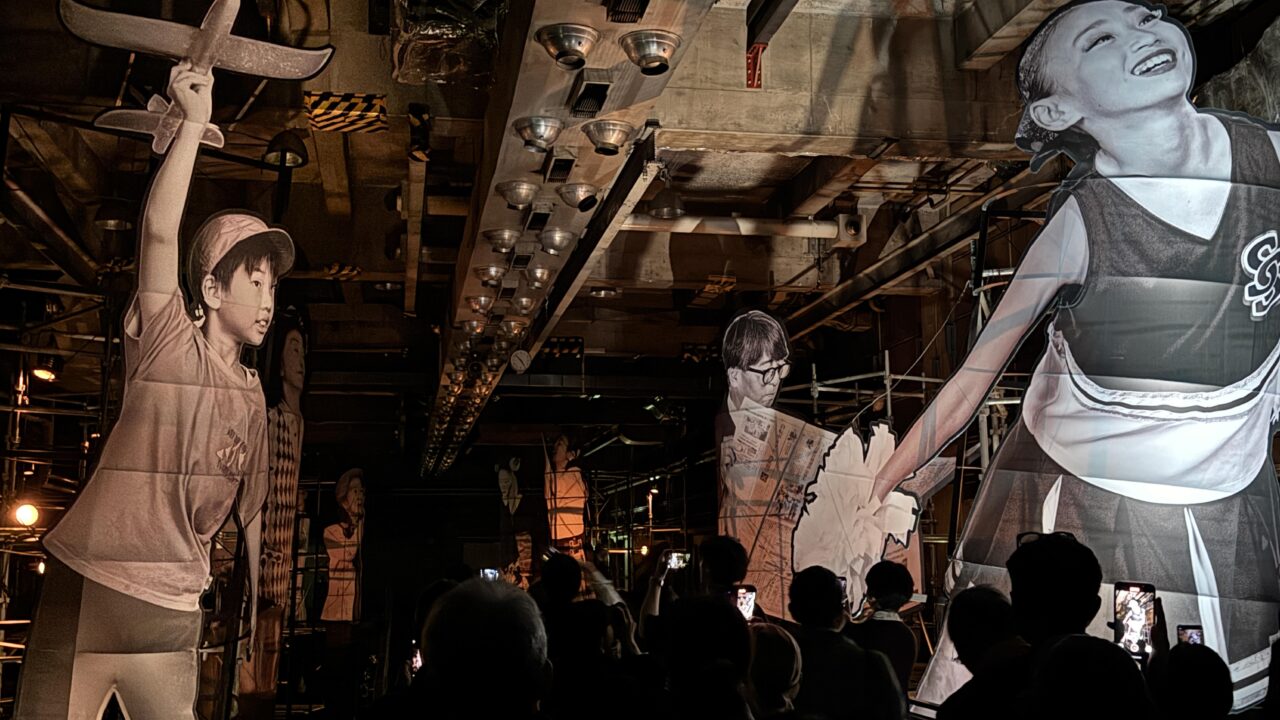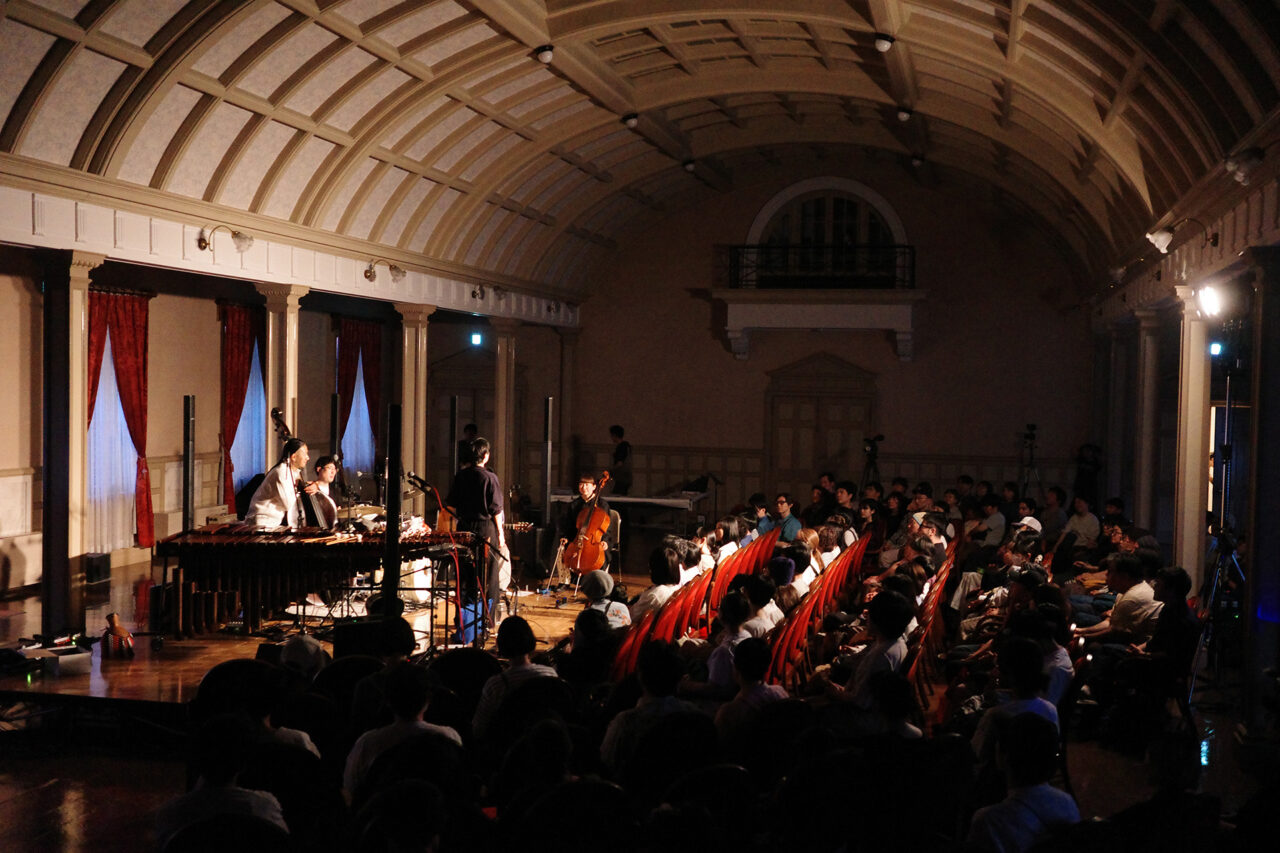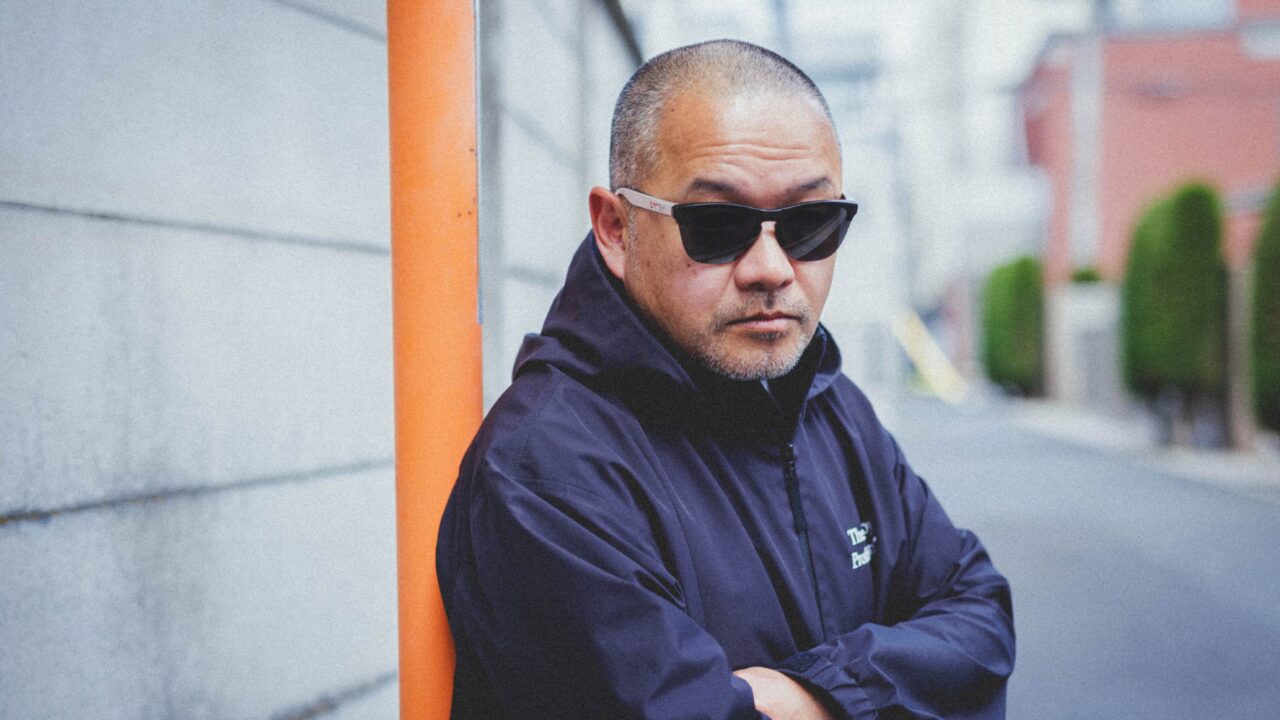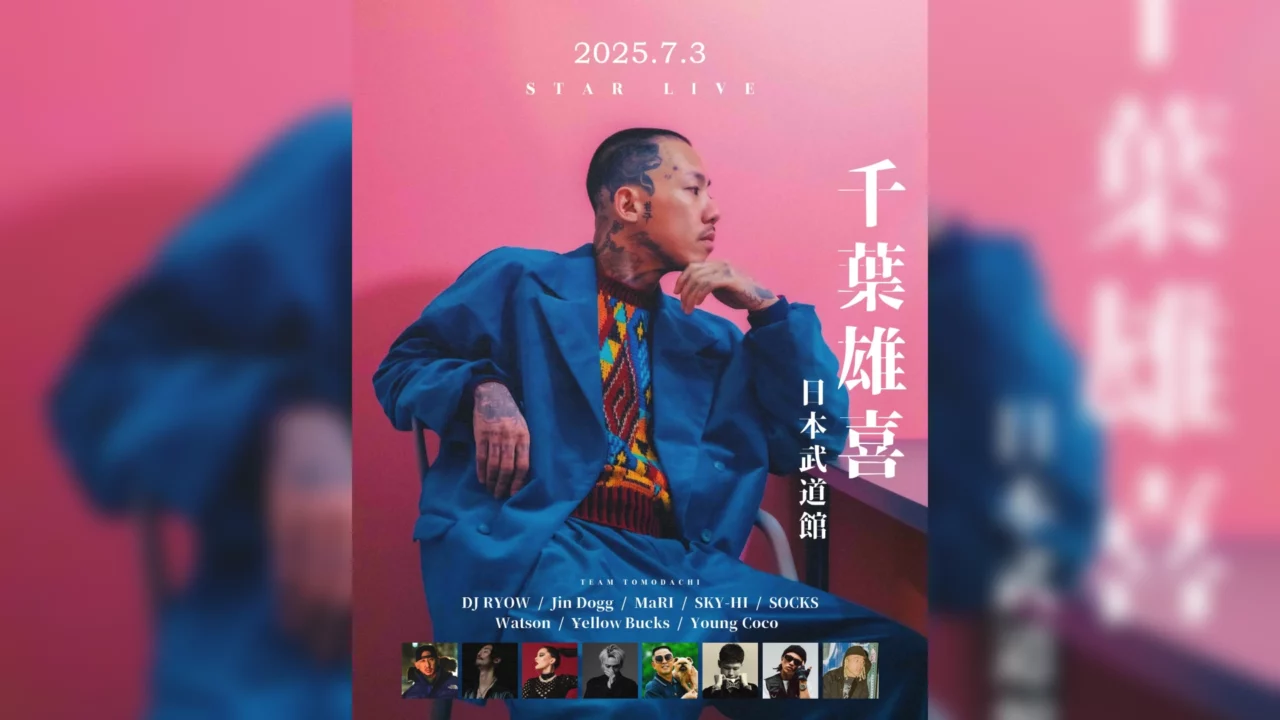A circle of friends connected by goof-touch! The “FIST BUMP” corner of the radio program “GRAND MARQUEE” features a relay of people who live and enjoy Tokyo.
On June 13, Ken Yokomachi, president of anea design, Inc. introduced Yuki Ishikawa, general manager of the Brazilian Jiu-Jitsu dojo “CARPE DIEM” appeared on the program. We asked him about his encounter with Brazilian Jiu-Jitsu, its appeal, the reason why he has 35 dojos in Japan and abroad, and the buzz he has generated on Instagram.
INDEX
My Impactful Encounter with Brazilian Jiu-Jitsu in the U.S.
Celeina (MC): First of all, let me introduce your profile. Yuki Ishikawa was born in 1975 in Fukuoka, Japan. He was introduced to Brazilian Jiu-Jitsu while attending Arizona State University. While competing in Jiu-Jitsu as a competitor, he established his own dojo “CARPE DIEM” as an instructor. Currently, there are 35 dojos in Japan and abroad. Mr. Ishikawa, first of all, I would like to ask you, what is the “Brazilian” part of this Brazilian Jiu-Jitsu?
Ishikawa: To explain it simply, there are less throwing techniques in Judo. It is a martial art that mainly involves holding your opponent down and performing chokeslam techniques on the tatami mats or on the mat.
Takano (MC): Is it mainly a Newaza style of fighting?
Ishikawa: Yes, it is. It is mostly Newaza.
Celeina: You started Brazilian Jiu-Jitsu in the U.S., right?
Ishikawa: In Japan, I practiced karate and other striking arts, but when I came to the U.S. to study, I happened to see Brazilian Jiu-Jitsu being practiced at a university gymnasium. I wondered what this was all about, so I tried it and instantly felt its appeal.
Takano: So your study in the U.S. was not for the purpose of Brazilian Jiu-Jitsu?
Ishikawa: No, it was not. You went there to study exercise physiology.
Takano: How long have you been practicing Brazilian Jiu-Jitsu?
Ishikawa: I was about 21 years old at the time, and I am 47 now, so about 25 years.
Celeina: I see. What attracted you to Brazilian Jiu-Jitsu?
Ishikawa: Brazilian Jiu-Jitsu is about dominating your opponent. With striking, you end up punching and kicking your opponent, but with Newaza, you can gently take away the opponent’s ability to fight back without hurting him. It’s hard to explain (laughs).
Takano: I guess that’s what makes it different from other martial arts. You control your opponent with gentleness. It’s a strange word (laughs).
Celeina: It sounds gentle when you hear it in words, but when you actually try it, it’s quite different (laughs).
Ishikawa: But it is a culture of saying “tap” and “satsuma” without hurting the other person. Once you tap, you are done. I think it is a martial art that does not injure the opponent.

Takano: Did you try it first? And you thought it was a good idea?
Ishikawa: Yes, it was. I was told, “You can do striking or whatever you want,” so I tried it, but my striking didn’t work at all for someone who knew Newaza. I thought it was great, and I spent a night worrying about it. Originally, I was going to do striking in the U.S. as well, but my mind was completely, like, this is what I want to do, so I joined the dojo the next day.
Takano: That was an amazing encounter.
Celeina: So you started your own dojo. Dojo is not open to everyone, right?
Ishikawa: There is no license or qualification to open a dojo, so anyone can open a dojo if they want to tomorrow.
Takano: As long as there is a place and people can gather.
Ishikawa: Also, if there is a mat and you call it a dojo, it is a dojo.
Takano: But now there are 35 dojos in Japan and abroad. That’s amazing, isn’t it? How did it spread?
Ishikawa: This was really not my intention. I was just doing my best to run my own dojo. When you run a dojo for a long time, the players and instructors who have grown up in the dojo want to become independent. Generally, at that time, there were a lot of talks about wanting to do it under the name “CARPE DIEM” in my parents’ hometown, and so it gradually spread.
Takano: However, I also thought that your business skills were also a factor.
Ishikawa: No, I really don’t. I can’t really do anything in business.
Takano: So, you are saying that 35 dojos exist now as a result of your following Mr. Ishikawa?
Ishikawa: Thank you very much.
Celeina: I also had a look at your website, CARPE DIEM, and I see that you are also developing apparel. Their logo is really cool.
Takano: It’s stylish and cool. Even the interior and stuff.
Ishikawa: Thank you very much. I wanted to change the image of martial arts. Originally, martial arts practitioners are all good people to me, but they are scary to look at, and I think there were many aspects of them that kept people away because of their violent image. I dared to create a clean interior and apparel that is easy for people to get used to, so that even people who had never thought about doing martial arts before would want to start.
Takano: Thank you very much. Now, I asked Mr. Ishikawa to choose one song that we would all like to listen to together on the radio at this time. What song would it be?
Ishikawa: I would like to request a song called “Once” by Liam Gallagher, formerly of Oasis.
Celeina: Why did you choose this song?
Ishikawa: I like the lyrics. It’s not that positive, but I think it’s a song that says to my friend who is trying to try again, “No, you can only do it once, you can’t go back to that time.
Takano: Words that push you back.
Ishikawa: Yes, that’s right. So I try to do whatever comes to my mind as soon as I think of it.
Family photos taken with medium format film buzz on Instagram
Celeina: We’ve heard about Brazilian jiu-jitsu, but we’ve also heard that you’re gaining a lot of popularity for your photography as well. I heard that your Instagram posts of your family photos taken on film are getting a lot of buzz.
Ishikawa: Thank you very much.
Takano: At first, I thought it was a photographer’s account.
Ishikawa: I am not such a good photographer, but I have been taking pictures with a large film called medium format film.
Celeina: How did you start this photography business?
Ishikawa: At first, my daughter had a congenital disease, and I wanted to record it. My daughter’s illness has gotten much better since then. But photography was just a hobby, taking pictures of the growth of my family and my children. My family is mostly my son and daughter, and my wife is quite rare (laughs).

Takano: It would be rare if I could get out once in a while (laughs). Have you talked about a photo book or something?
Ishikawa: I don’t have a big photo book, but I published a photo essay about 10 years ago.
Takano: I am looking forward to seeing your new work.
Ishikawa: If you have a chance to talk to me.
Celeina: Now, “FIST BUMP” is a circle of friends connected by GUTATCH, so we are asking you to introduce your friends to us.
Ishikawa: This is Mr. Kenta Haraki, a decorator.
Takano: What do you mean by “decorator”?
Ishikawa: He himself calls himself that, but his main job is to make store interiors and fixtures.
Takano: I see. So the dojo also functions as a place to meet people.
Ishikawa: Yes, it does. There are people from various industries and of various ages. It provided me with a lot of good encounters.
Celeina: By the way, how would you describe Mr. Haraki in one word?
Ishikawa: He looks like an eccentric, but actually he is a sensible person.
Takano: I will find out tomorrow. Thank you very much. Tomorrow, I will connect you to Mr. Kenta Haraki, a decorator.
Celeina: Today’s FIST BUMP is Yuki Ishikawa, general manager of the Brazilian jiu-jitsu dojo CARPE DIEM. Thank you very much.
Ishikawa: Thank you very much.

GRAND MARQUEE

J-WAVE (81.3FM) Mon-Thu 16:00 – 18:50
Navigator: Shinya Takano, Celeina Ann


























